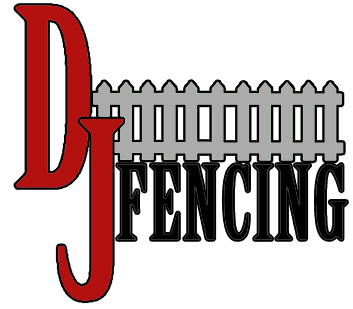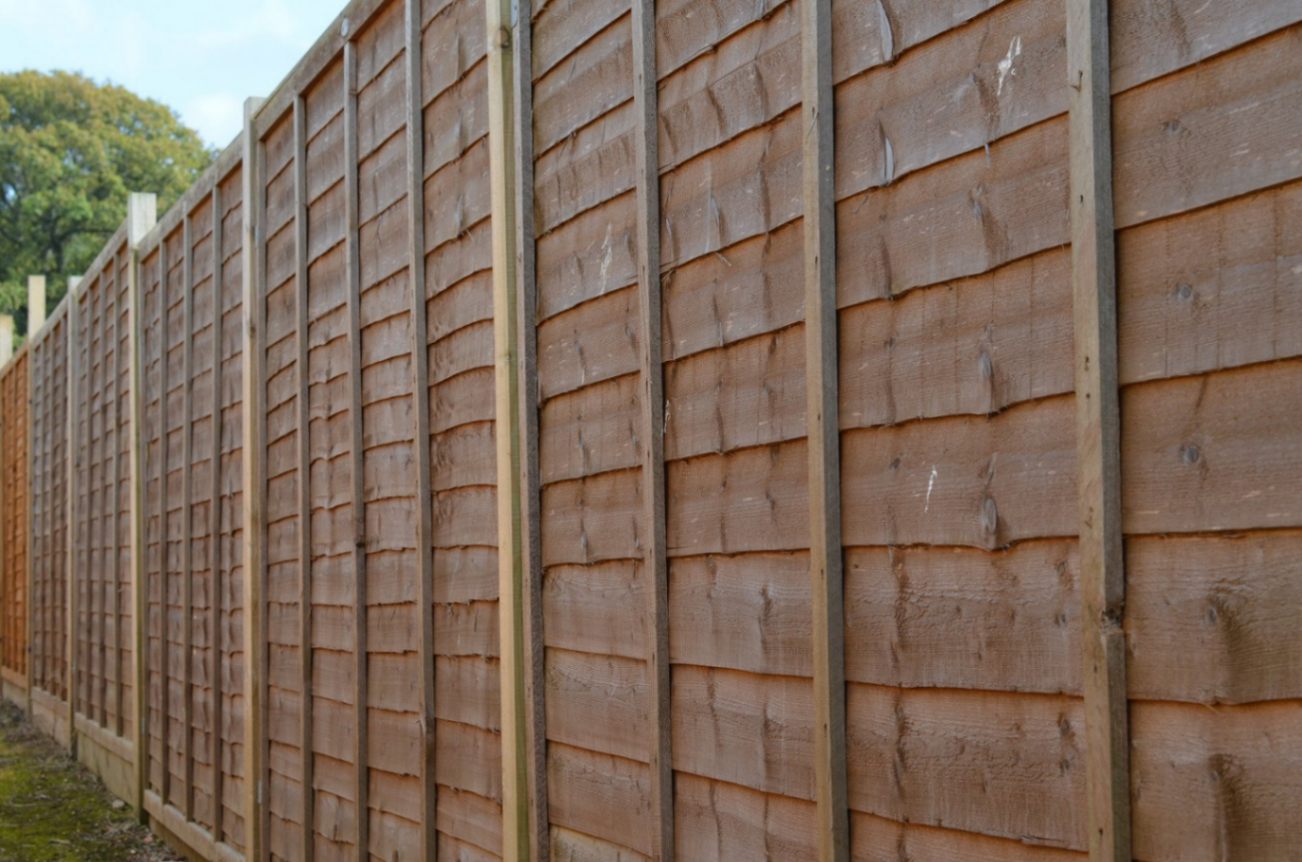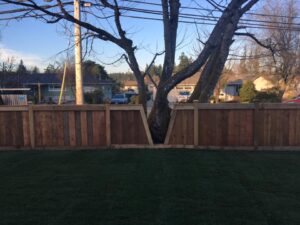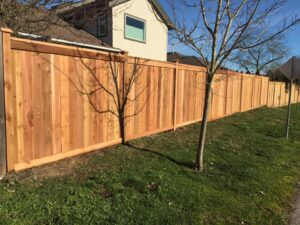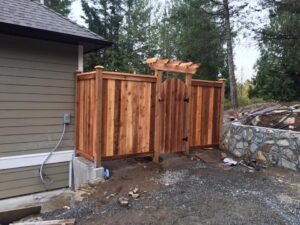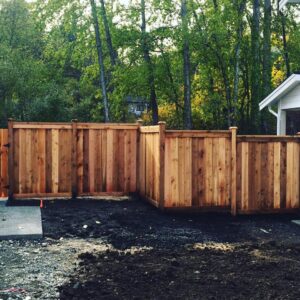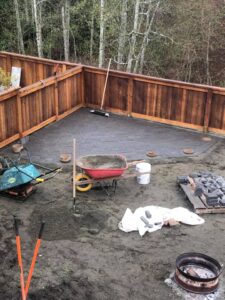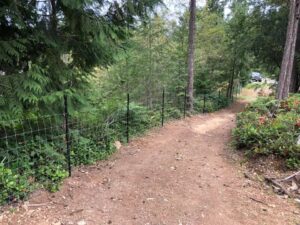Installing a fence can improve your property’s security and looks, but it’s easy to make costly mistakes. From ignoring local regulations to misjudging material needs, even small oversights can cause big problems. You may think you’re prepared, but details matter. Before you start, learn the important steps that make the installation smooth. What should you watch out for?
Key Takeaways
- Not checking local regulations or getting permits can lead to fines or fence removal.
- Failing to mark property lines may spark neighbor disputes.
- Underestimating materials can delay your project and increase costs.
- Skipping maintenance planning can shorten your fence’s life.
- Not talking to neighbors may lead to tension and misunderstandings.
Neglecting to Check Local Regulations
Before digging holes, make sure to check local rules. Not doing so can cause big headaches.
Start by looking into your area’s zoning laws. These rules control things like fence height and materials. Ignoring them might mean paying fines or removing your fence later.
Also, many cities require permits. That means turning in plans and waiting for approval before building. Skipping this step can delay or stop your project.
Failing to Mark Property Lines
Getting property lines right is key to avoiding costly mistakes.
Importance of Accurate Surveys
A proper survey tells you exactly where your land begins and ends. Without one, you risk building on a neighbor’s property. This can lead to legal trouble or having to move the fence later.
Use a professional surveyor or accurate tools. Knowing your boundaries gives you confidence and shows respect for your neighbors.
Boundary Disputes Consequences
Messing up the lines can cause major problems. Property disagreements can get emotional and expensive.
Arguments may arise about where the fence is placed, who’s responsible for maintenance, or even if it blocks someone’s view. Avoid this by confirming property lines ahead of time.
Neighbor Communication Necessity
Talking with your neighbors early on helps avoid drama later. Tell them about your plans and listen to any concerns.
This simple step builds trust and can lead to agreements that make life easier. They might even help you catch an error you missed.
Miscalculating Material Needs
Running out of materials mid-project is frustrating—and costly.
Always measure your yard carefully and list everything you’ll need: posts, panels, gates, hardware. Add a bit extra for mistakes or future repairs.
Consider waste from cuts and errors. Planning ahead saves time and reduces trips to the store.
Choosing the Wrong Fence Type
Picking the wrong type of fence can cost you in the long run.
Assessing Property Needs
Start by asking: What do I need from this fence? Privacy? Keeping pets in? Curb appeal?
Look at your land’s layout and think about maintenance. Wood looks nice but needs work. Vinyl lasts longer with less effort. Make sure your choice matches your goals.
Understanding Local Regulations
Some neighborhoods or cities don’t allow certain fence types. Others limit height or color.
Check with your local government or HOA to avoid surprises. It’s easier to follow the rules now than fix mistakes later.
Ignoring Terrain and Soil Conditions
Not every yard is flat—and that matters.
Slopes, rocky soil, and soft ground affect how well your fence holds up. On a hill, you may need special posts or stepped panels.
Vern from Trew Slinger Service in Victoria mentions, “While slinging topsoil to customers, I’ve seen a lot of wood fence posts fail becuse the soil was constantly saturated with water, eventually rotting out the posts”.
Loose or sandy soil might not support the weight of a fence. Test your ground and plan for it so your fence stays strong.
Skipping the Planning Phase
Jumping in without a plan can lead to setbacks.
Draw a simple sketch of your fence layout. Measure everything and list materials. Know where gates go, and check for things like trees or pipes underground.
Planning saves time, money, and stress. You’ll be glad you did it.
Overlooking Maintenance Requirements
All fences need care. Some just need more than others.
Wood fences may need staining, sealing, and checking for rot. Vinyl needs cleaning but not much else. Metal may rust if not treated.
Paul from Trusted House Painter said that “while most cedar fences don’t need to be treated, it’s advisable to do so because it helps prevent wood rot in the long run. Top horiszontal edges of fences tend to hold water, but regularily cleaning and coating the tops of your fence can add significant life to your fence.“
Know what your fence will need and set a schedule to inspect it. Taking care of it now keeps it looking good and lasting longer.
Disregarding Neighbor Relations
Fences don’t just affect you—they affect your neighbors too.
Respect fence etiquette: Talk to your neighbors first, especially if the fence is on a shared line. Ask for their input and keep them in the loop.
You’ll avoid tension and show that you value being a good neighbor.
Forgetting About Gates and Access Points
Don’t forget to plan where people—and pets—will go in and out. Something homeowners often overlook is future improvements around their homes.
Place gates where they’ll be useful: near driveways, walkways, or gardens. Make sure they’re wide enough for lawnmowers or deliveries.
Liam from Exchangenergy – a heatpump and HVAC company in Duncan, BC says, “Make sure to leave enough space around your HVAC or heat pump to prevent overheating or unnecessary damage from trapped debris or vegitation.”
Choose sturdy locks or latches for safety. A well-placed gate makes life easier.
Frequently Asked Questions
How Do I Choose the Right Fence Contractor?
Look for experience, good reviews, and clear pricing. Ask about the materials they use and get quotes from more than one company.
What Tools Do I Need for Fence Installation?
You’ll need a post hole digger, hammer, level, measuring tape, gloves, and safety gear.
How Long Does Fence Installation Typically Take?
Most projects take 1–3 days, depending on size and weather. Rain or wind may delay work.
Can I Install the Fence Myself, or Should I Hire Someone?
You can DIY if you’re handy and have time. If not, hiring a pro may save you money and effort in the long run.
What Is the Average Cost of Fence Installation?
Fences usually cost $15–$50 per foot, depending on the material—wood, vinyl, or chain-link.
Conclusion
Avoiding common mistakes helps you get a fence that lasts and looks great. Check local rules, know your property lines, and plan for materials. Pick the right type of fence for your needs, and talk to your neighbors. Don’t skip steps—think about terrain, maintenance, and gates. With a solid plan, your fence will be a smart, lasting upgrade to your home.
